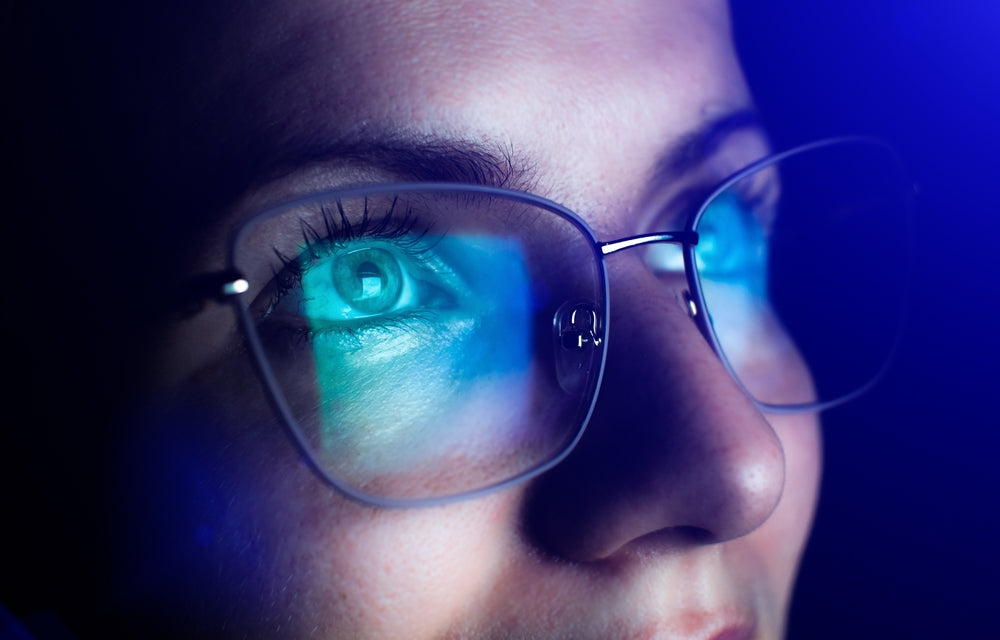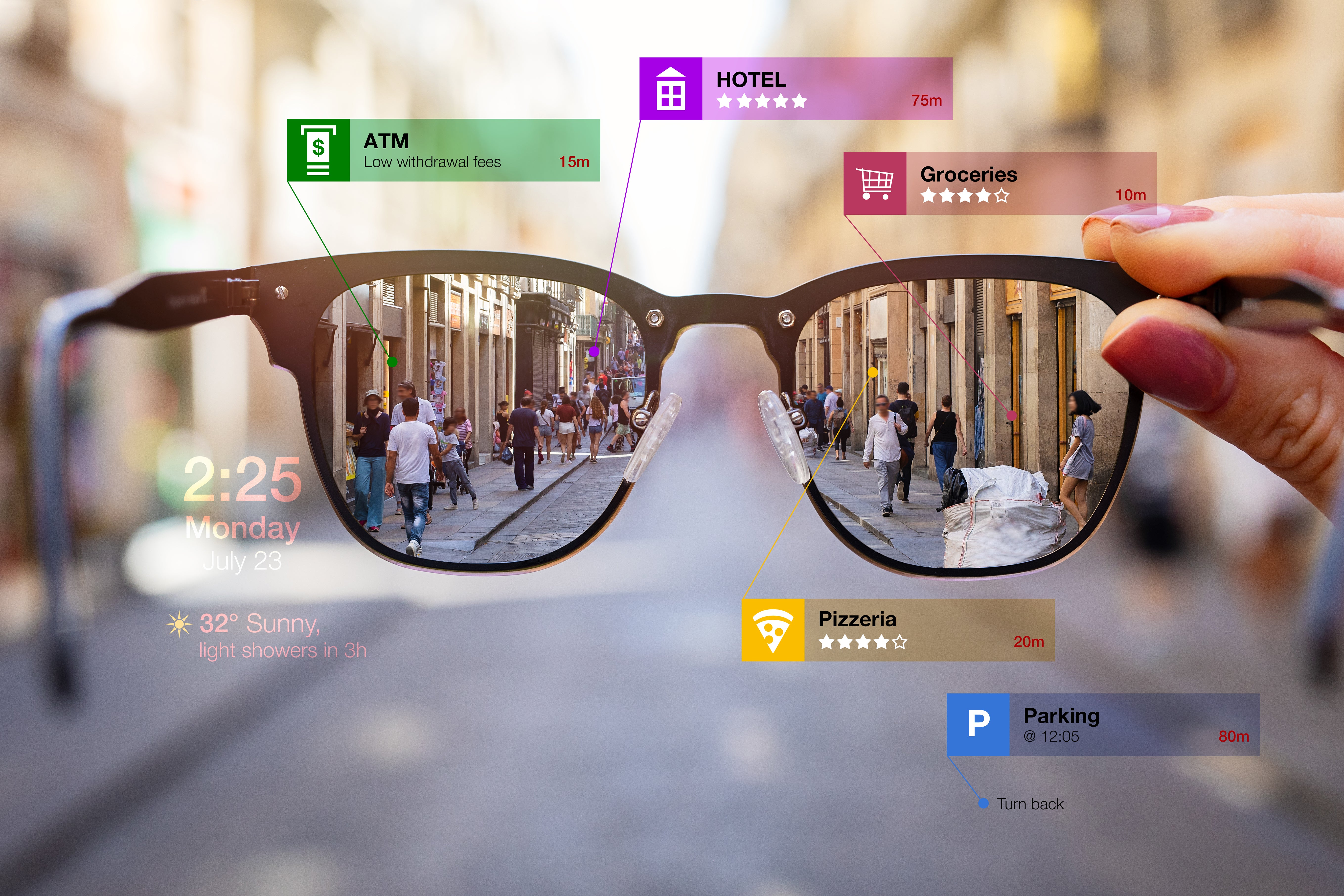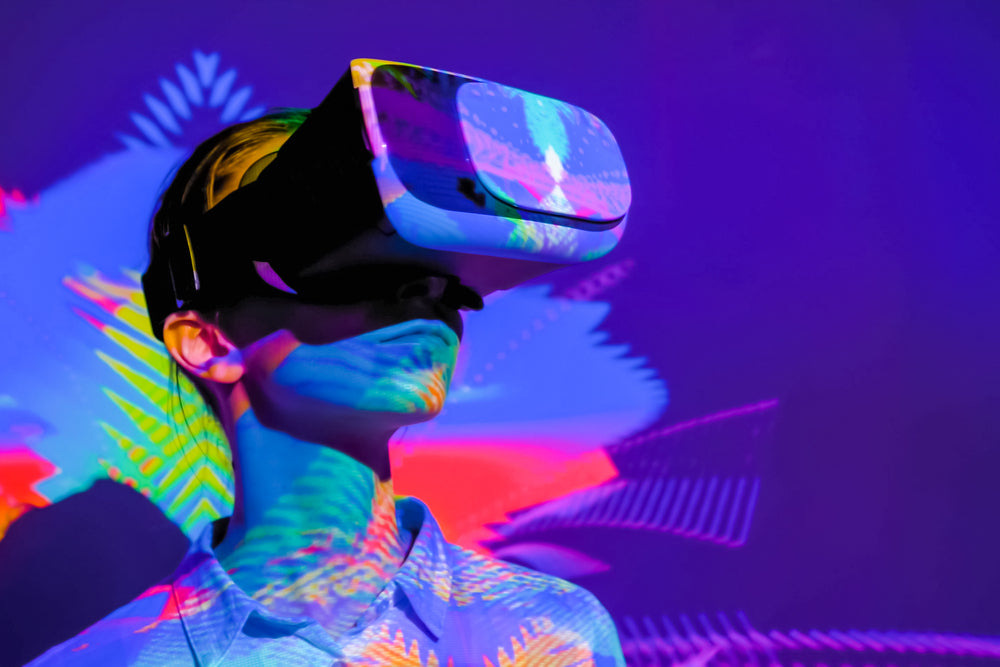Augmented reality, or AR, is a technology that has been gaining a lot of attention in recent years. It allows for the blending of digital information and real-world environments, creating a unique and immersive experience for users. AR works by overlaying digital information onto the real world, allowing the digital objects to appear as if they are part of the user's physical environment.
One of the most exciting aspects of AR technology is its potential to change the way we interact with our environment. In the healthcare industry, AR is being used to create virtual training environments for medical professionals, allowing them to practice procedures in a safe and controlled environment. This has the potential to reduce the risk of errors during real-world procedures and ultimately improve patient outcomes. AR is also being used to enhance patient experiences. For example, AR technology can be used to provide patients with immersive and engaging experiences during physical therapy sessions.
In the education industry, AR is being used to provide students with interactive and immersive learning experiences. AR can be used to overlay digital information onto physical textbooks or to create virtual field trips, providing students with a more engaging and memorable learning experience. AR technology can also be used to improve accessibility for students with disabilities, providing them with equal opportunities to learn and explore.
The entertainment industry is also embracing AR technology. Gaming is an area where AR is rapidly gaining popularity. AR games allow players to interact with their real-world environment in new ways, creating a more immersive and engaging experience. Pokemon Go, for example, was a game that gained worldwide attention due to its unique use of AR technology. Players could see virtual Pokemon characters overlaid onto their real-world environment, creating a sensation of actually catching and collecting these characters.
AR is used in a wide range of applications, from gaming and entertainment to education and healthcare. But how exactly does AR work?
At its core, AR works by using a combination of hardware and software to track the user's location and movements, and then overlay digital objects onto the real world. AR can be experienced through a variety of devices, including smartphones, tablets, and specialized AR headsets.
The first step in the AR process is capturing the real-world environment. This is done using cameras and sensors, which capture information about the user's surroundings. The cameras capture video of the real world, while the sensors track the user's movements and the position of the device.
Once the real-world environment is captured, the next step is to track the user's movements. This is done using algorithms that analyze the video and sensor data to determine the user's position and movements. This information is then used to calculate the position and orientation of the device in real-time.
After the device's position and orientation have been determined, the AR software can begin to overlay digital information onto the real world. This information can take many forms, such as virtual objects, text, or images. The AR software uses the device's camera to determine where to place the digital information in the real-world environment, creating the illusion that the digital objects are part of the physical environment.
One of the key challenges in AR is ensuring that the digital objects are properly aligned with the real world. This is done using a process called registration, which involves aligning the virtual objects with the real-world environment. The registration process requires precise calculations to ensure that the virtual objects appear to be part of the physical environment.
There are two main types of AR: marker-based AR and markerless AR. Marker-based AR uses a visual marker, such as a QR code or image, to trigger the overlay of digital information onto the real world. The marker is typically placed in the real-world environment, and the AR software uses the marker to determine the position and orientation of the device.
Markerless AR, on the other hand, does not require a visual marker. Instead, it uses the device's camera and sensors to track the user's movements and position. Markerless AR is more challenging to implement, as it requires advanced algorithms to accurately track the user's movements and position.
There are also different types of AR experiences. The most common type is called a handheld AR experience, which involves using a mobile device, such as a smartphone or tablet, to experience AR. In a handheld AR experience, the user holds the device and moves it around to explore the digital information overlaid onto the real-world environment.
Another type of AR experience is called a spatial AR experience, which involves using specialized AR headsets to experience AR. Spatial AR experiences are more immersive than handheld AR experiences, as they provide a more seamless integration of the digital information with the real world.
AR technology has come a long way in recent years, and advancements in hardware and software are continuing to push the boundaries of what is possible. AR has the potential to revolutionize the way we interact with our environment, providing a more engaging and immersive experience for users. As the technology behind AR continues to improve, we can expect to see it being used in even more innovative and creative ways.
Read more

AMOLED displays are known for their vivid colors, high contrast, and deep black levels. While they offer many benefits, they can cause eye strain and other health issues in some cases. One of the m...

Augmented Reality (AR) glasses are a type of wearable technology that allows users to see digital information overlaid onto the real world. A typical AR glasses usually consists of a display, opti...



Leave a comment
This site is protected by hCaptcha and the hCaptcha Privacy Policy and Terms of Service apply.